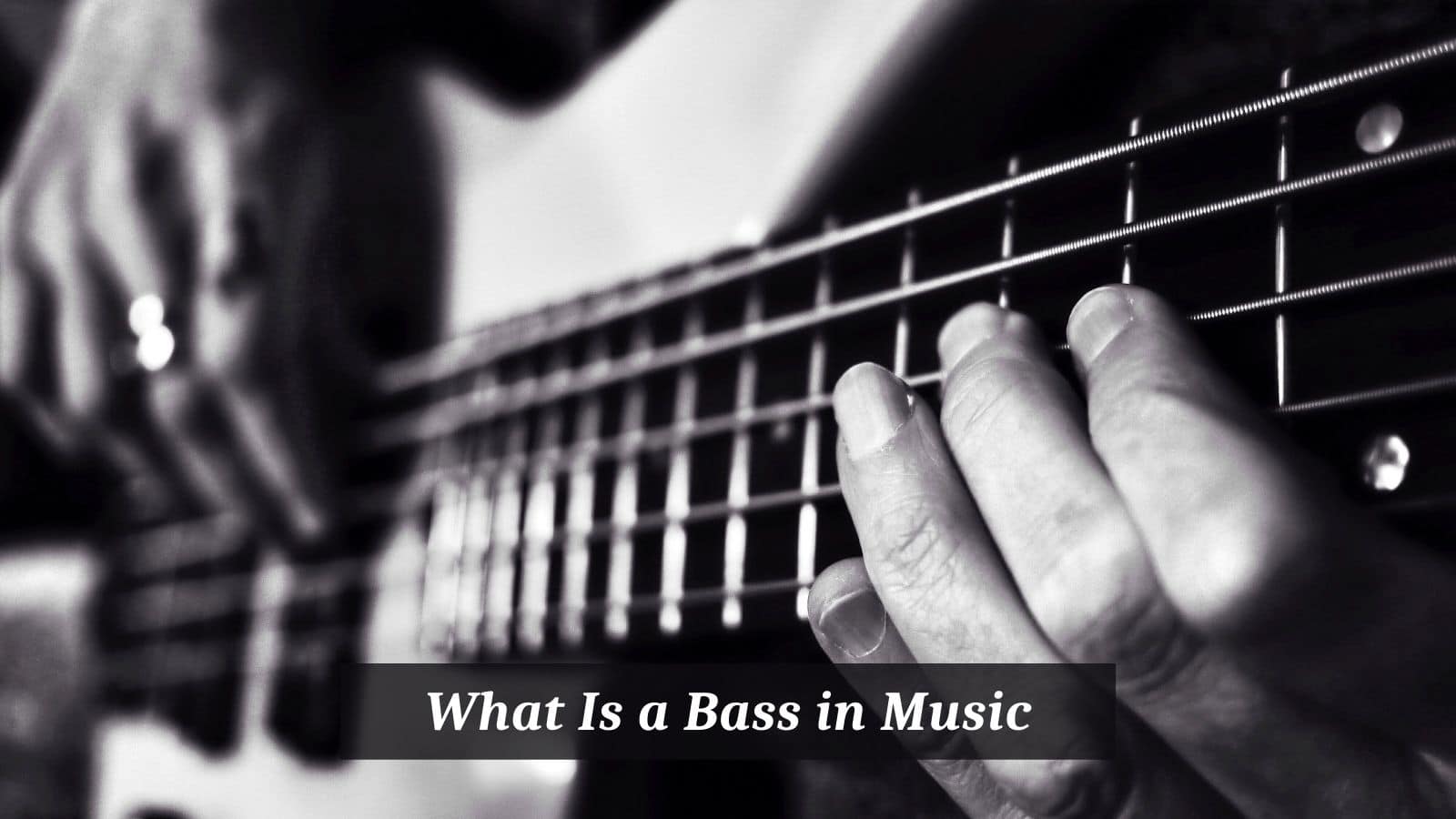
Simply put, the bass is the lowest part of instrumental or vocal music. Today we’ll investigate the musical meaning of what a bass is in musical terms with examples and what the function of bass is in music.
What Is a Bass in Music?
Bass Instruments
Music has many dedicated bass instruments: bass guitars and double bass come to mind first. But keyboard instruments also have bass sections; think of the lowest notes on the left-hand side of a piano or those huge pipes you see at organs.
The bassoon is a bass instrument in the woodwind family, while the brass section has a tuba. The lowest singing voice in a mixed choir is a male bass.
We will investigate the following bass instruments: bass guitar, double bass, piano and organ bass notes, the bassoon, and the tuba. We’ll also look at some famous bass singers in a choral and solo context.
- Bass Guitar
The bass guitar is associated with music styles such as rock, blues, R&B, and jazz, to name a few. The bass guitar became the replacement for the (orchestral) bass. It forms the harmonic and rhythmic backbone of many bands.
The modern electric bass guitar we know today was first produced by Fender Electric Instrument Manufacturing Company in 1951. You can read more about the bass guitar’s history here.
While the bass guitar is mainly tasked with rhythmic and harmonic parts in a band, it is also an amazingly versatile solo instrument.
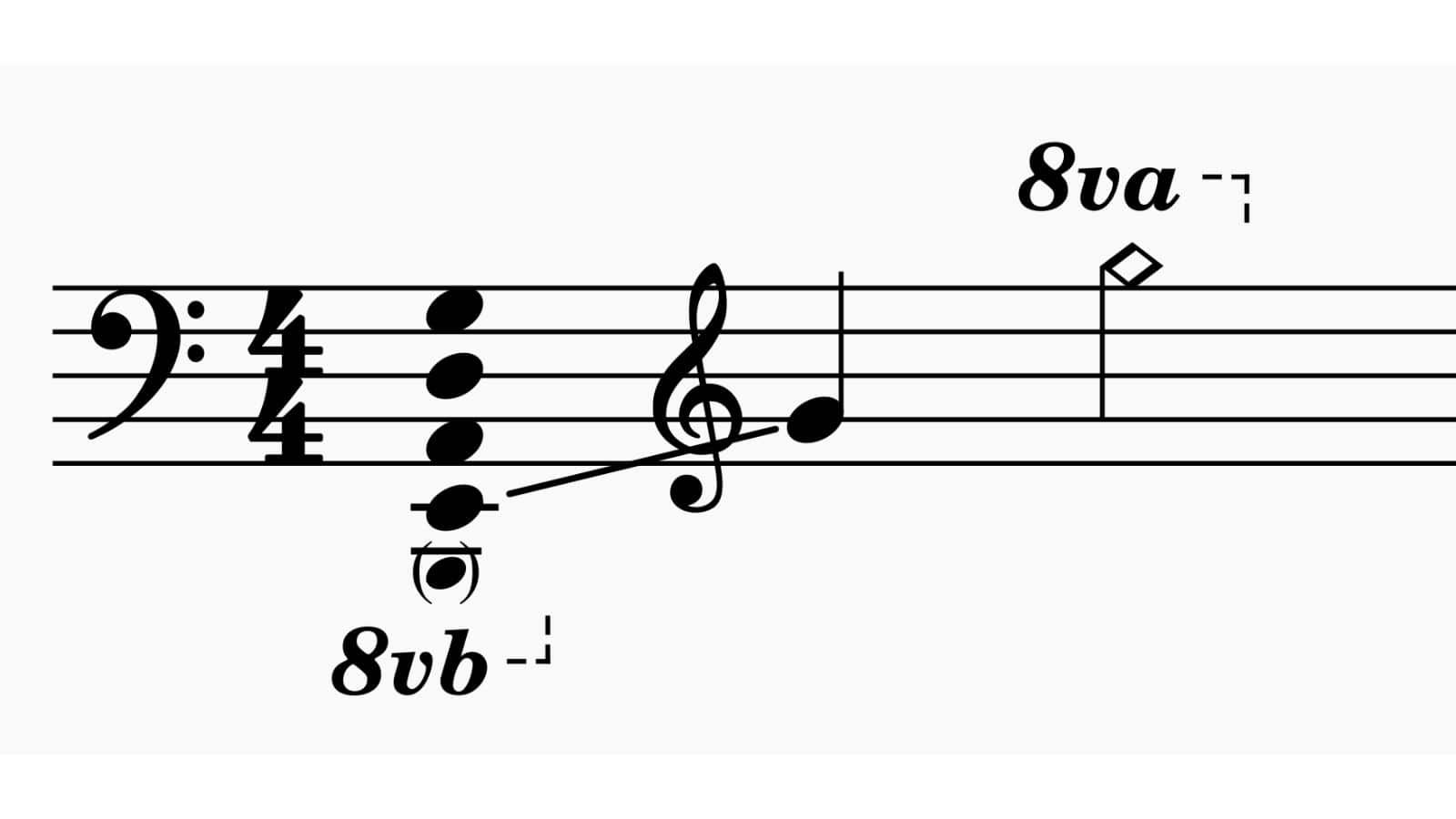
- Double Bass
The double bass is easy to notice! It is a huge instrument that performers can play with a bow, or a player can pluck the strings as they usually do in jazz music.
One of classical music’s most imposing bass lines is Wagner’s prelude to Das Rheingold. Eight double basses, divided into two groups, are tasked with playing an E♭1–E♭2 octave, holding it throughout the entire piece for 136 bars! The opening is almost inaudible, but you can feel those notes reverberating.
Or, look at The Elephant from Saint-Saëns’ Carnival of the Animals. Or maybe a concerto for double bass by Bottesini is more to your liking.
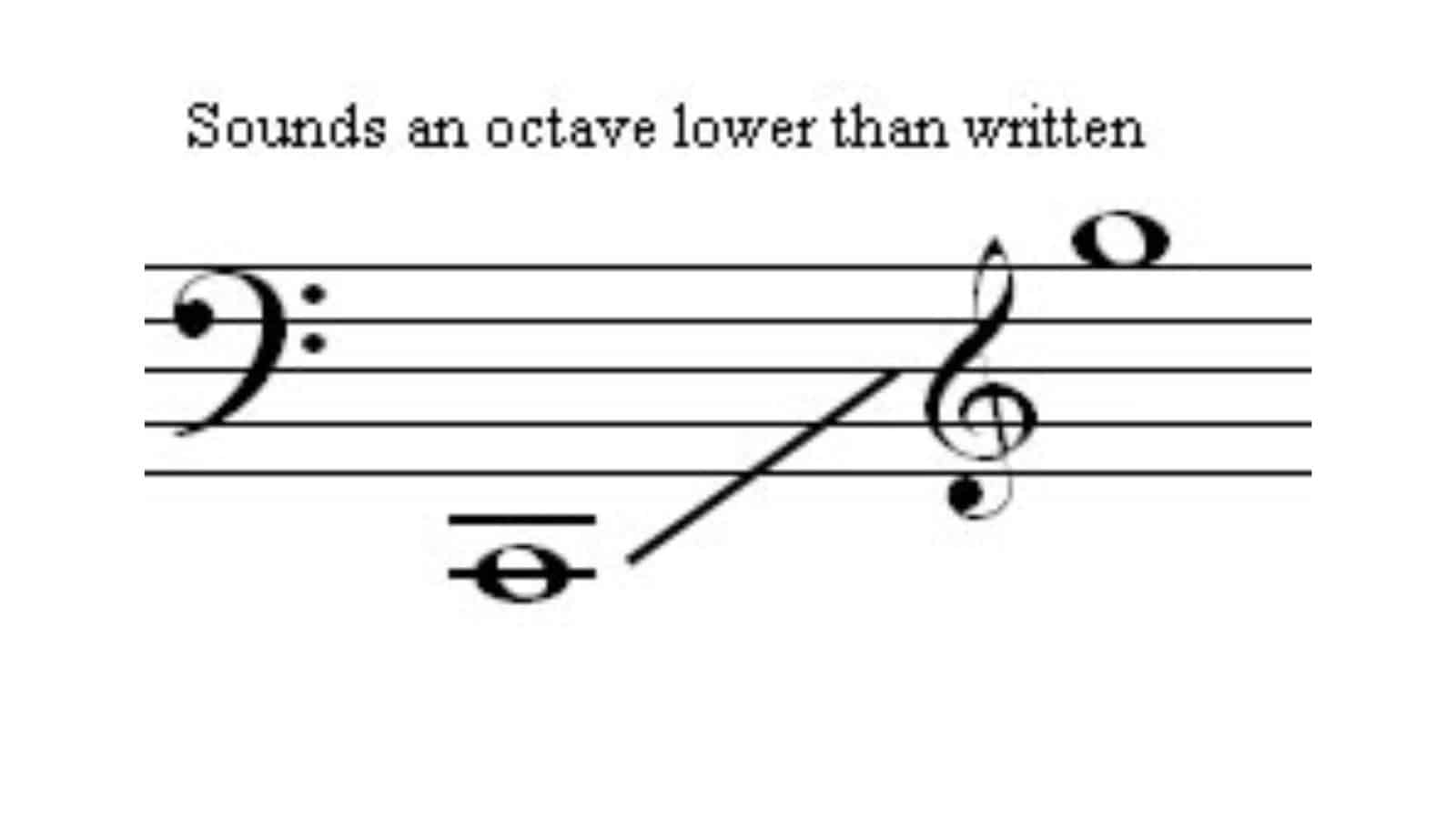
- Bassoon
The bassoon is a double-reed instrument in the woodwind family. The lowest notes are slightly ‘buzzing,’ while the middle range sounds remarkably human-like. Bassoons are usually used to help the orchestra’s bass lines, the double bass (refer to Das Rheingold example), and tuba.
Here is an example of the bassoon’s versatility. And then there’s the contrabassoon that sounds an octave lower than the bassoon.
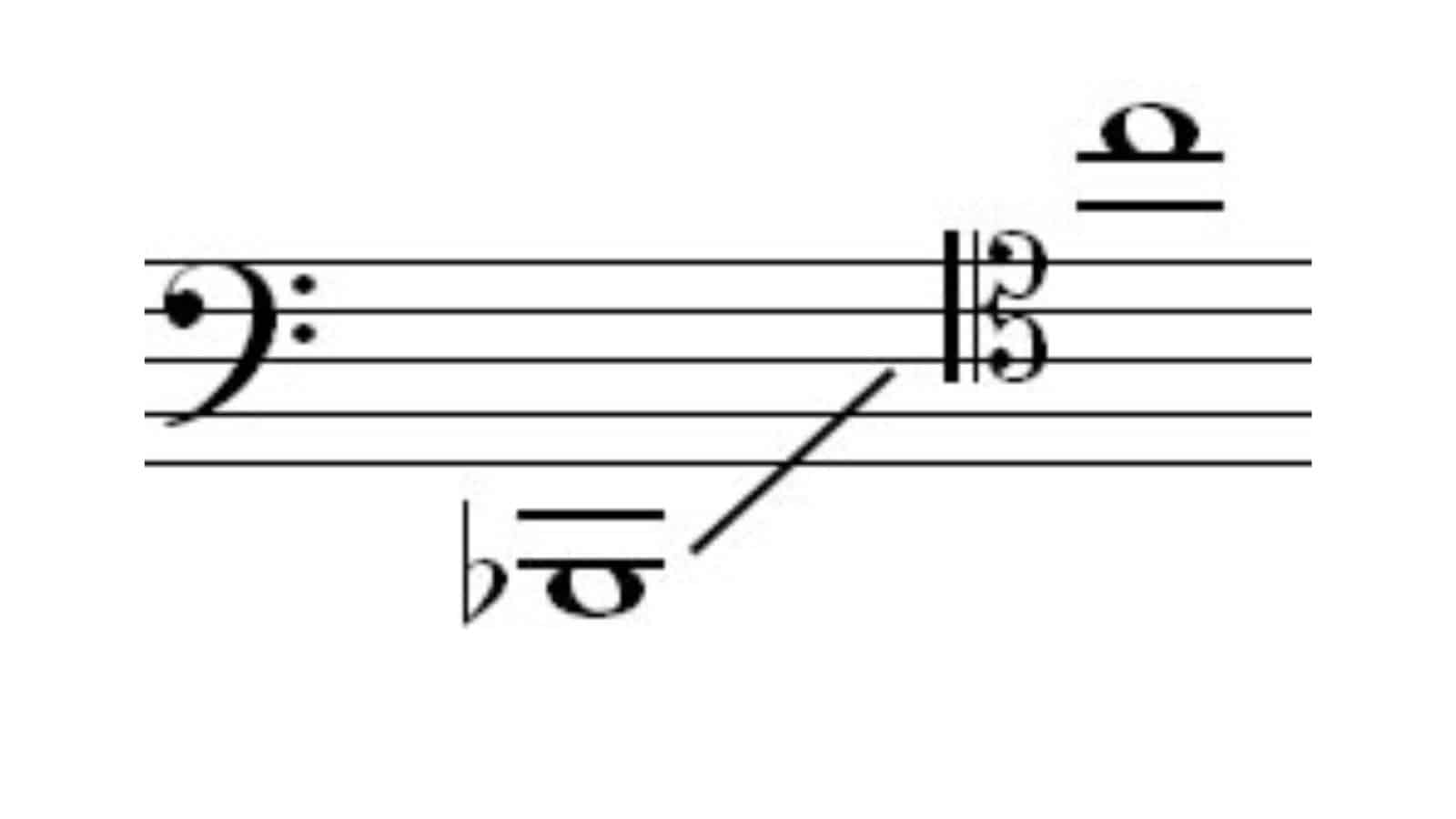
- Tuba
Apart from just playing ‘oom-pah band’ types of music in the orchestra, the tuba is the lowest-pitched brass instrument. It is an immensely expressive instrument that helps the orchestra’s bass lines create texture and depth (bass) in the music.
In addition, it supports the orchestra in emotional sections—making the music sound scary (like the Dies Irae in Berlioz’s Symphonie Fantastique). This video features a six-valve tuba—listen to the exquisite bass register the tuba offers.
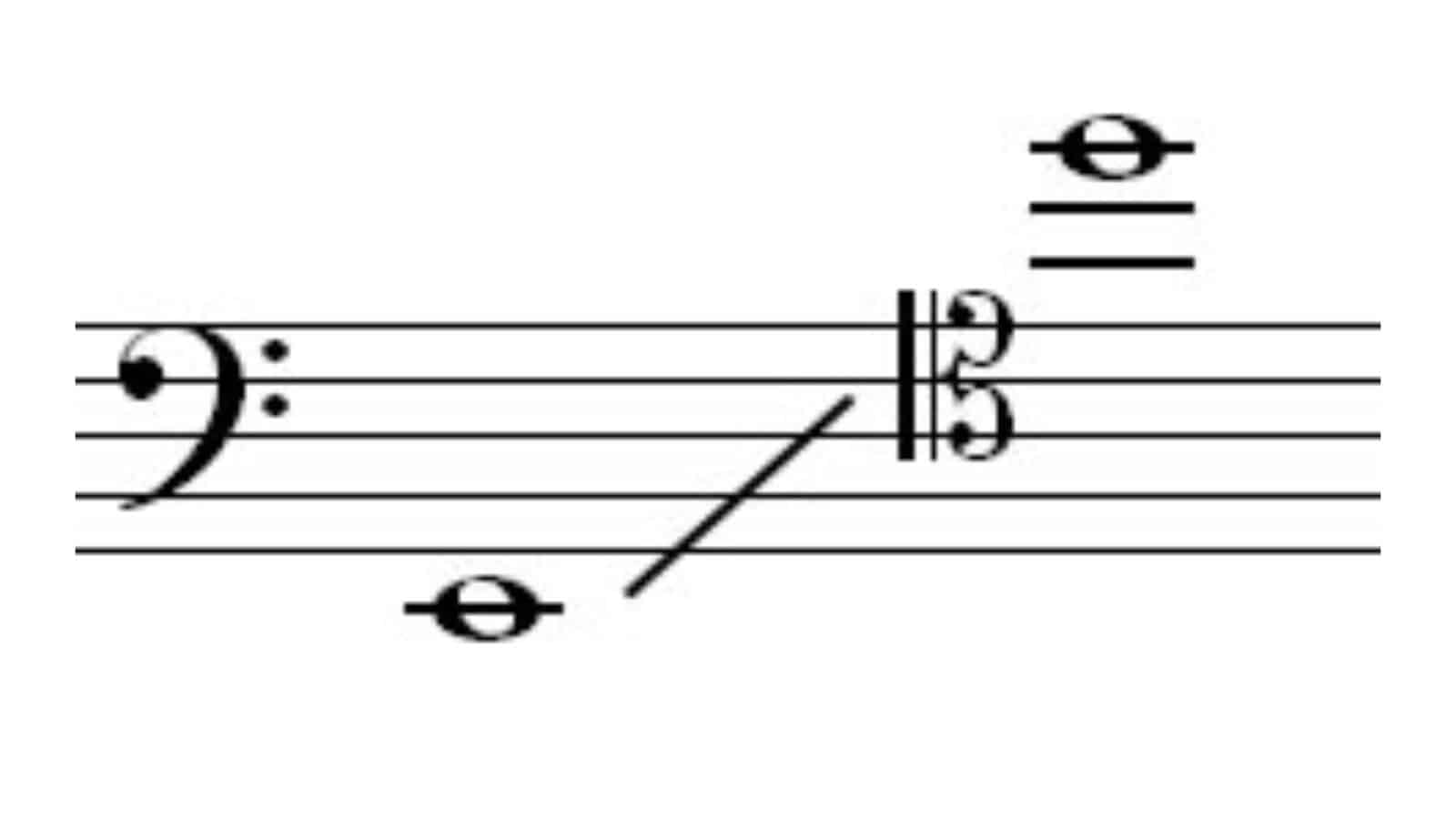
- Male Bass Singer
The bass is regarded as the lowest singing voice in humans, going down to the E two octaves below middle C. A ‘true’ bass singer is a rarity—most basses are bass-baritones—men who can sing lower notes comfortably.
René Pape is regarded as a true bass. Listen to and enjoy René’s interpretation of Sarastro’s aria (O Isis und Osiris) from Mozart’s opera Die Zauberflöte.
Boris Christoff was considered by many to be the twentieth century’s greatest bass singer. You can learn more about the different classifications of bass voices here.

To shake things up, some singers can sing even lower than basses, and they are usually found in Russian Orthodox church music.
Enter the Russian Oktavists. These singers can sing exceptionally low—the contra B♭ and even lower in a choral setting. You can learn more about these unique voices by following this link.
The range of Oktavists (source) is below for interest, but it can extend even further!
Functions of Bass in Music
As you’ve seen in eh examples above, the bass in contemporary and classical music fulfills two essential functions: rhythm and harmony. So let’s take a close look at these concepts below.
- Rhythmic Function
Musicians and composers use the bass to strengthen the rhythm of the music and provide a steady pulse to the other musicians. The steady rhythm supplied by the bass also has a physiological effect on the body.
Our bodies’ feel’ bass notes due to bone conduction, and our brains pick up the slower and deeper soundwaves.
In addition, researchers have found that humans prefer slower and deeper sounds (bass soundwaves) because they closely match our heart rates. You can read more about the physiological effects of bass by clicking on this link.
- Harmonic Function
The bass also has a vital function in helping the overall harmonic structure of the music by forming the right root notes in the vertical harmonies above it.
When we hear several notes, our ear and brain seek out the lowest note and relate all the other notes in terms of that note, most Western music is centered on a solid bassline because it provides a firm ‘grounding’ for the music.
This phenomenon can be seen especially in classical music (such as basso continuo parts in the Baroque period) but also in jazz, pop, rock, and other types of music.
Conclusion
We hope you enjoyed learning about bass instruments and how they help the music establish rhythm and harmony.
Music comprises three main elements: melody, harmony, and rhythm—the bass fulfills two of these functions, and without a good bassline, the music won’t sound too good.
However, apart from the rhythmic and harmonic functions bass fulfills, it can also be an excellent solo instrument. It can convey certain moods making the music even scarier or adding comic elements.
The bass can also help to establish certain moods—the bass adds an ominous and frightening aspect to the music in Grieg’s In the Hall of the Mountain King.

